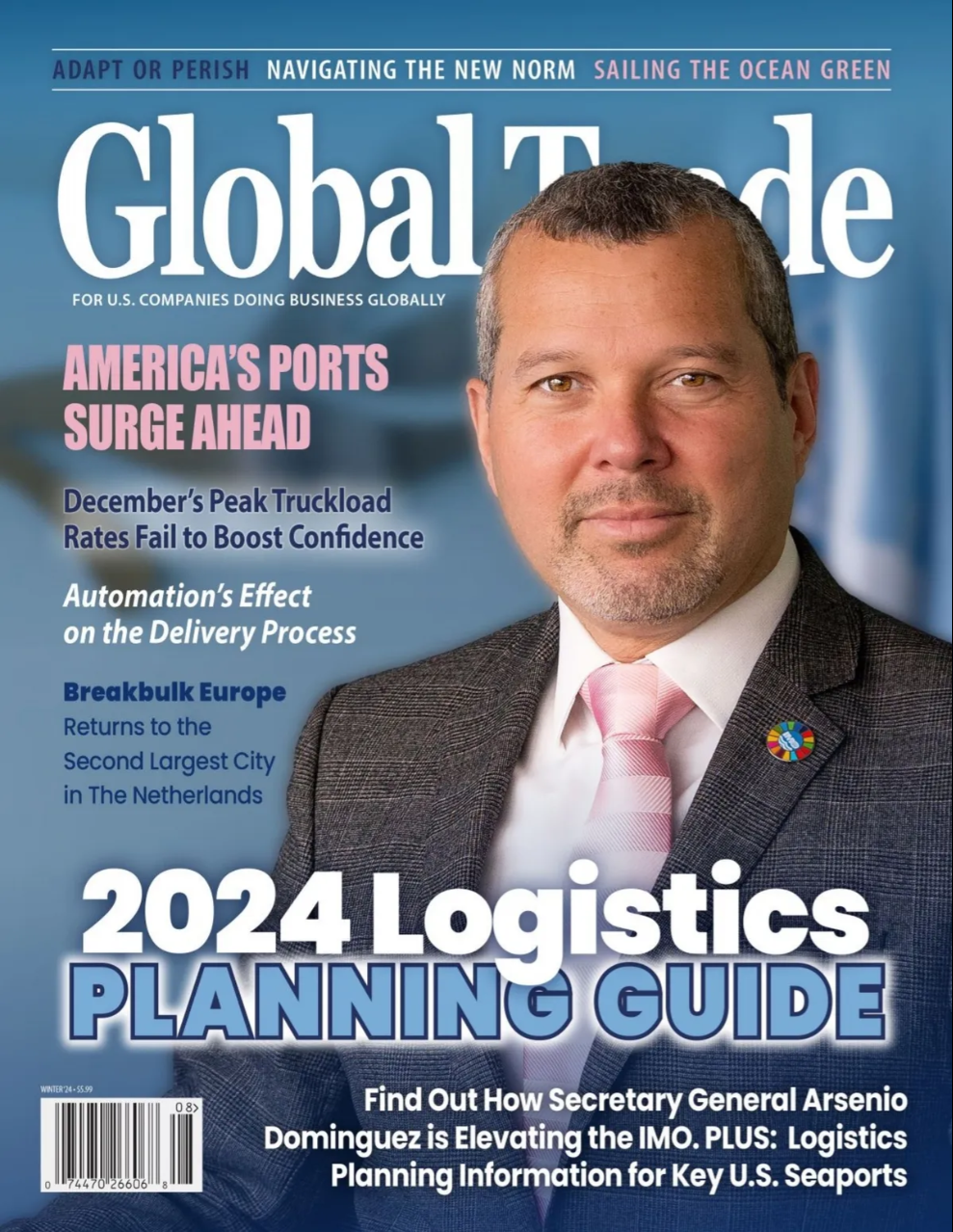Los Angeles, CA – China has denied approval of the proposed P3 shipping alliance that would have combined the operations of Denmark’s Maersk Line, MSC of Switzerland and France-based CMA CGM into the largest ocean carrier consortium in the world.
The surprise move was announced this morning by China’s Ministry of Commerce, which released a statement saying that it had decided to prohibit the alliance after conducting “an anti-trust assessment.”
Had it been given the go-ahead, the Ministry said, the alliance would “have a far-reaching impact on the global shipping industry and cause a high level of concern in all sectors.”
It added that the alliance would increase the parties’ “combined capacity in container shipping on Asia-Europe routes” and give them a “substantial increase in market concentration.”
Regulatory agencies in both the US and the European Union green-lighted the proposed P3 earlier this year after stating that they wouldn’t pursue any antitrust issues regarding the deal.
The largest of the three carriers, Maersk, responded to the decision in a joint statement saying that “the partners have agreed to stop the preparatory work on the P3 Network… the P3 Network as initially planned will not come into existence.”
The consortium would have created a combined fleet of 250 ships operating on a global front that would handle an estimated 43 percent of Asia-to-Europe container shipping, 41 percent of the trans-Atlantic box trade, and almost a full quarter of the container volume in the transpacific market.
The alliance had aimed at allowing the three giant carriers to cut billions in annual costs by sharing ocean terminals, space on each others vessels, and exploiting each container carrier’s geographic strengths to move cargo faster and more economically.
06/17/2014




